It’s hard to believe that a month has gone by since our first ever SHPO Shout-Out! I’ll give my own Shout-Out to everyone who liked, posted, shared, tweeted, and emailed our November post to spread the word not only about the great projects I featured but also to let people know that we’d like to crowd-source candidates for future posts. The number of emails I got from readers with ideas for candidates were low – like zero! – but I understand that you’re all just getting used to the idea, right?! I can’t possibly know about all the good preservation victories across the 46,055 sq. mi. that make up Pennsylvania and I need your help!
Category: Philadelphia (Page 9 of 11)
When I discovered the fabulously whimsical and colorful mosaic murals along the 1000 block of South Street in Philadelphia, I had no idea this outpouring of creativity was actually part of a fascinating preservation story. Visually, the neighborhood is delightful surprise, a colorful, mysterious and enigmatic world of unexpected images, embedded in the physical structure of the buildings. While the artwork is fun and engaging, it is also much more. It is physical evidence of the power of people to reclaim and reinvent their communities and redirect the forces of change that threaten them. Continue reading
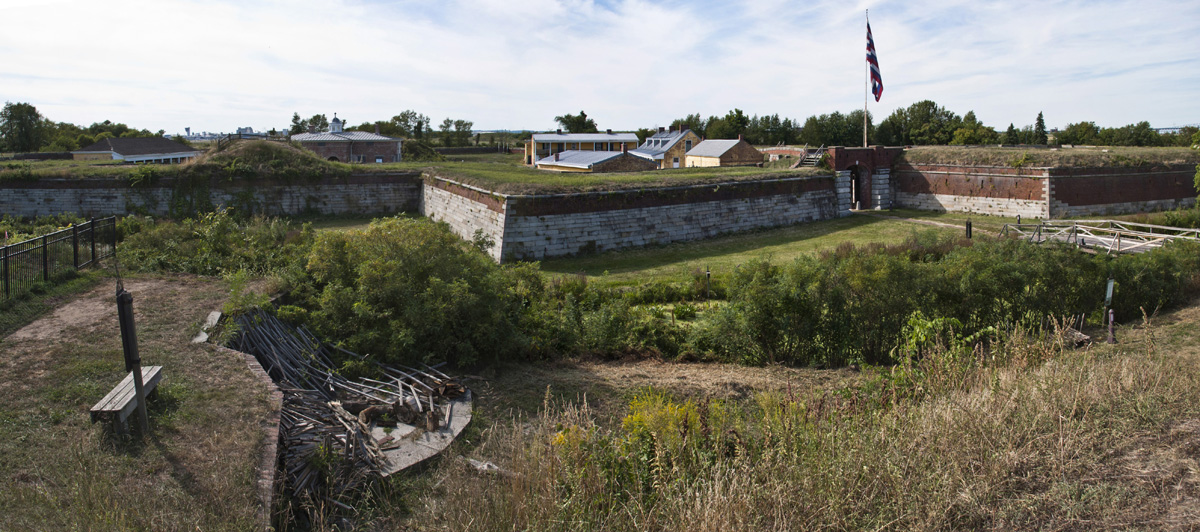
Preservation Partnerships: Working Together To Save Historic Resources From Natural Disasters
We all know that partnerships, collaboration, and teamwork are critical in the effort to identify, preserve, and celebrate Pennsylvania’s historic resources. One such partnership in Philadelphia will help protect the city’s historic places and spaces from the devastating damage caused by natural disasters. Continue reading
Just Listed is a semi-annual feature of Pennsylvania’s cultural resources that were recently listed in the National Register of Historic Places.
Since our last Just Listed post, four properties from across the Commonwealth have been listed in the National Register of Historic Places. You can explore these National Register nominations and other historic properties in Pennsylvania via CRGIS, our online map and database.
The History of Pennsylvania Breweries
Pennsylvania may be the home to Yuengling, known as “America’s oldest brewery,” however the Commonwealth has yet to officially declare a craft beer month. However the ‘Official Tourism Website of the State of Pennsylvania’ dedicated a page to Pennsylvania Craft Brews, where Pennsylvania’s beer culture is significantly truncated…
The German immigrants who settled in Pennsylvania in the 1700s and 1800s brought many of their old-world traditions with them, including the love of great beer.
This particular blog post isn’t going to detail Pennsylvania’s brewing history (but maybe we’ll mull over the idea of a beer blog for a future post). And we’re a little late to honor American Craft Beer Week (which was mid-May this year). Regardless of any future beer narrations, resolutions or festivals, Pennsylvania indisputably has a rich brewing history and those buildings where brewing happened have been recognized by the National Register of Historic Places. Continue reading
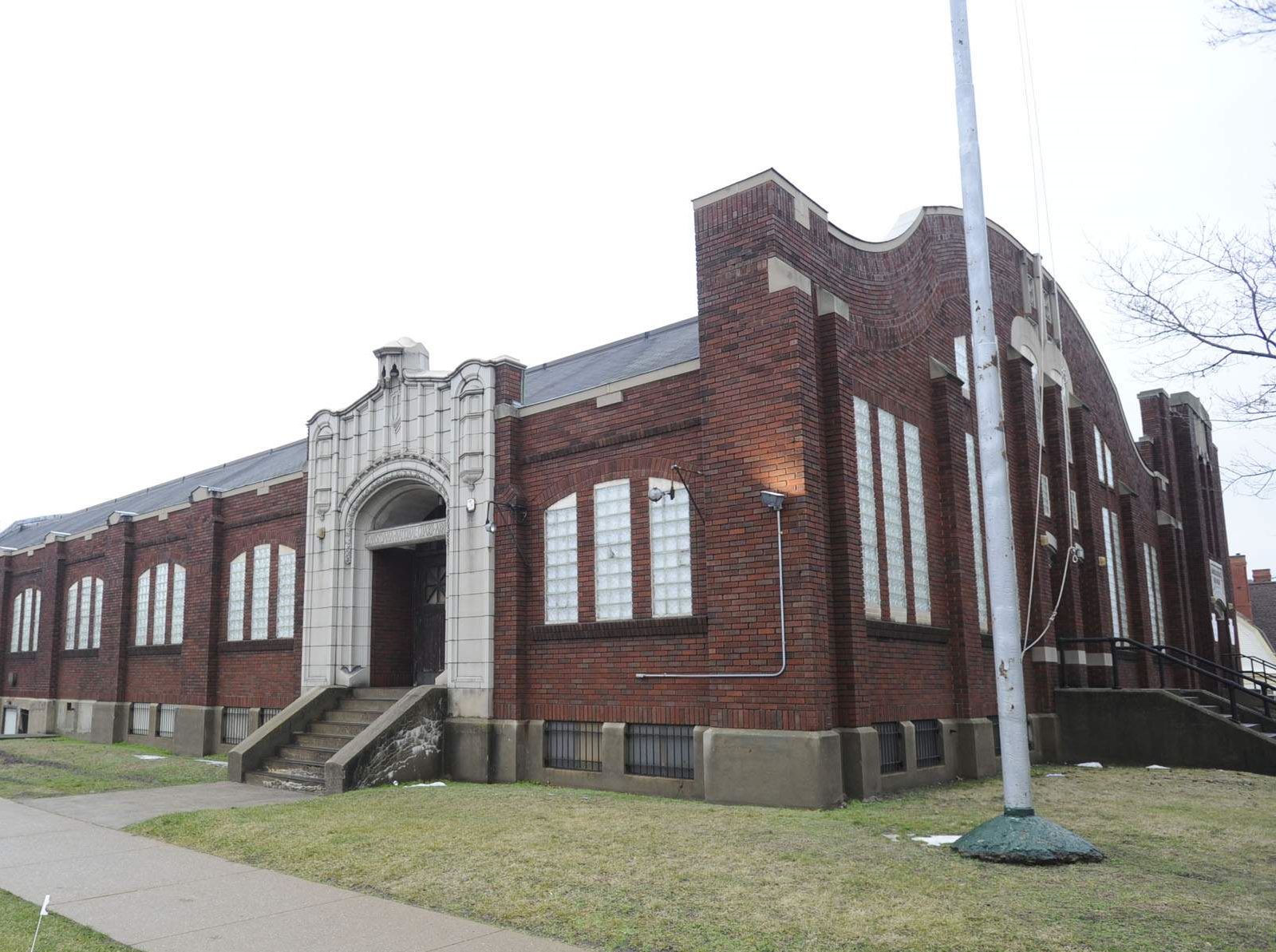
Pennsylvania Historic Preservation Tax Credit Program: Year 2 Recap
Since the opening date of the application period on December 1, 2014, I have received many calls and inquiries about the status of Year 2 of Pennsylvania’s Historic Preservation Tax Credit program. By the closure of the application period on February 1, 2015, the Department of Community and Economic Development (DCED) received 30 applications for the second round.
Over a long review period which lasted until mid-April, PHMC reviewed the applications to ensure applicants owned qualified historic buildings and that proposed rehabilitation plans met the Secretary of the Interior’s Standards for Rehabilitation. As the qualified applications far exceed the limited $3 million in available credits, DCED used a fair and balanced selection process based on a first -come, first serve basis with regional distribution to select the first round of projects. Continue reading
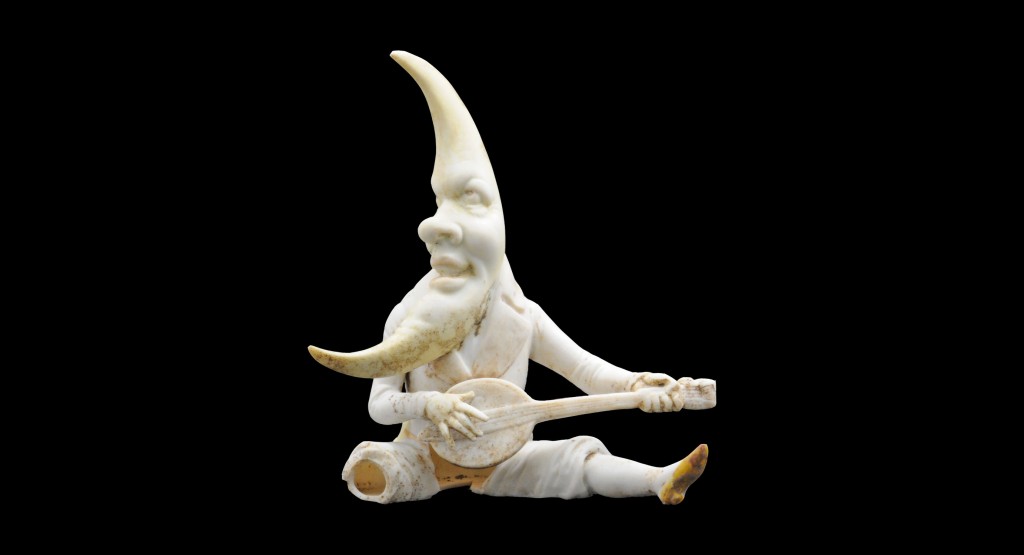
Digging Deep: Pennsylvania and the Making Archaeology Public Initiative
by Joe Baker, PennDOT Cultural Resources Program
On a lovely morning in early autumn, I arrive at an old farm along the Susquehanna River to find Dr Frank Vento in his natural element. That is to say, he is squatting down at the bottom of backhoe trench some eight feet deep, carefully examining the many layers of flood-deposited sediment left behind by the great river. Frank is a geomorphologist: a geologist and archaeologist whose specialty is the formation of floodplains, terraces, and other kinds of landforms created by the interaction of climate, gravity, water, wind, and sometimes, humans. Frank is down there looking for something, and as I walk up to the edge of the trench, he finds it.
“Hah! I knew it!” Continue reading

Discovering Pennsylvania’s Jazz History
Turning the calendar page from March to April is a cause for celebration on many fronts – the end of winter, the blooming of spring flowers, and an official reason to celebrate jazz! Yes, April is National Jazz Appreciation Month and Pennsylvania has a long, rich history with the musical genre. Jazz has its roots in the African-American communities of the American South, but made its way north during the Great Migration in the 1910s and 20s. Artists and organizations from Pennsylvania, especially Pittsburgh and Philadelphia, were hugely influential in the evolution of jazz and numerous communities built concert halls that hosted some of the most legendary performers on their cross country tours. Pennsylvania’s role in the history of jazz is so significant that Explorepahistory.com has a whole section devoted to the subject, including photos, recordings, and lesson plans. Continue reading
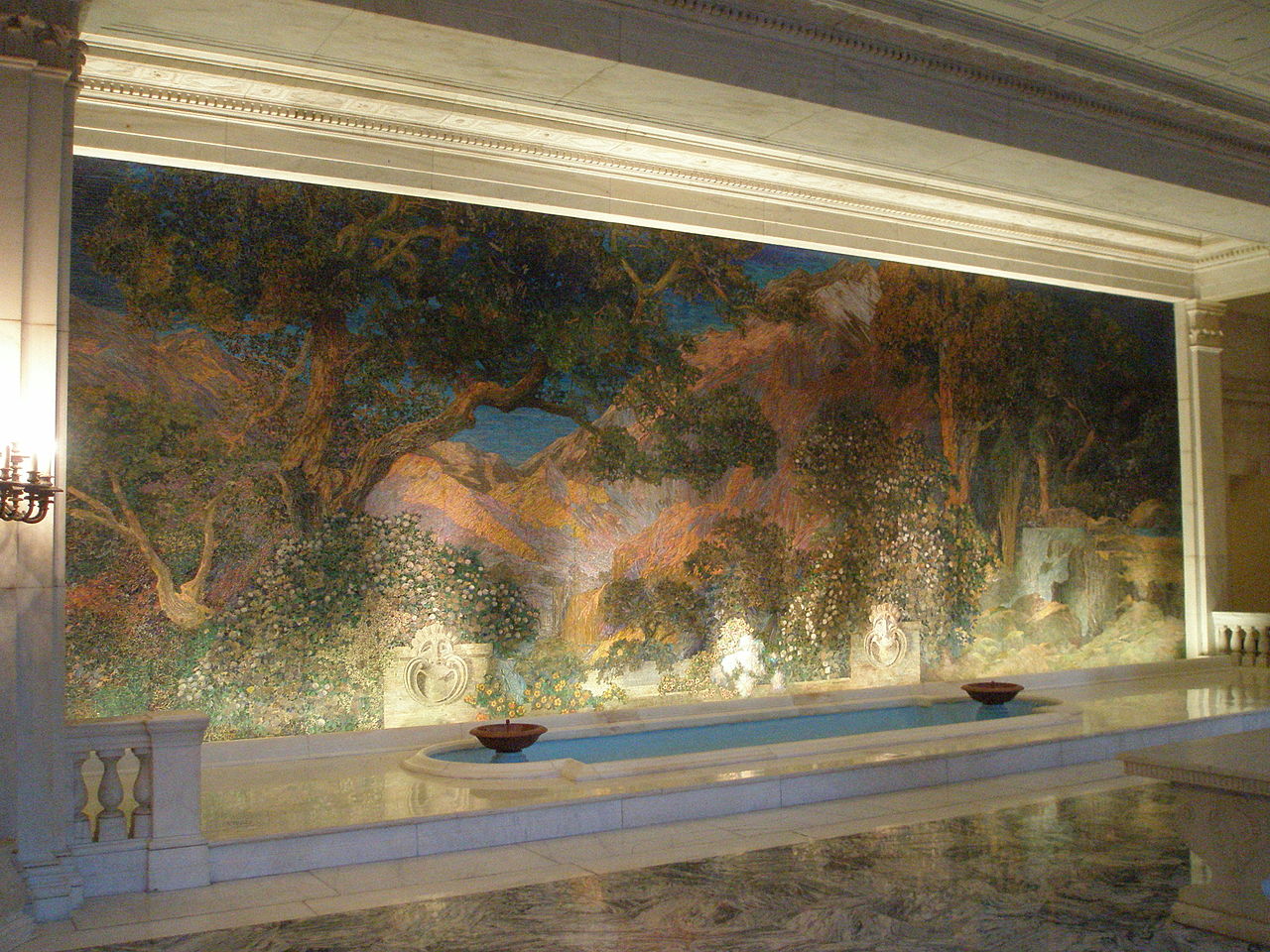
New Historical Markers Approved for 2015
The Pennsylvania Historical and Museum Commission (PHMC) approved 22 new historical markers at its March 4, 2015 meeting. There are currently more than 2,000 PHMC markers throughout Pennsylvania and the program is one of the most popular and visible aspects of the Commission’s work. The Commission has standard approval criteria that, among other things, require marker subjects be of statewide and/or national historical significance. The majority of the newly approved markers are in Philadelphia (9), which is also where the most (20) nominations came from. With such a long and rich history, it is no surprise that Philadelphia has the largest number of markers of any county in the state (over 250). The Marker Program encourages broad distribution, so individuals and organizations from the other 66 counties are encouraged to research their history and develop nominations for people, places, events, and innovations with statewide and/or national historical significance in their own area. Continue reading
Just Listed is a semi-annual feature of Pennsylvania’s cultural resources that were recently listed in the National Register of Historic Places.
Since our last Just Listed post, 27 resources from all corners of the Commonwealth have been listed in the National Register of Historic Places. You can explore these and other historic properties in Pennsylvania via CRGIS, our online map and database. Continue reading

Making the Grade: The Architecture of Philadelphia’s Public Schools, Part 1
The architectural historian in me is fascinated by the threads of science, theory, and symbolism that go into designing and building schools. Like most preservationists, I am a strong believer that the power of place plays a central role in shaping our experiences, attitudes, and values. The tangible aspects of a school’s ‘power of place’ include its architectural style, materials, dimensions, and floor plan. Taken together, these character-defining features often reflect a community’s wealth, prominence, and aspirations for their children. In Philadelphia, schools from the mid-19th century to pre-World War II period fit into this category, regardless of their location in large or small, rich or poor neighborhoods. After World War II, the character of many of Philadelphia’s public schools shifted, and the school buildings communicate a rigid, institutional personality that is markedly different from the schools only a few decades older. Continue reading


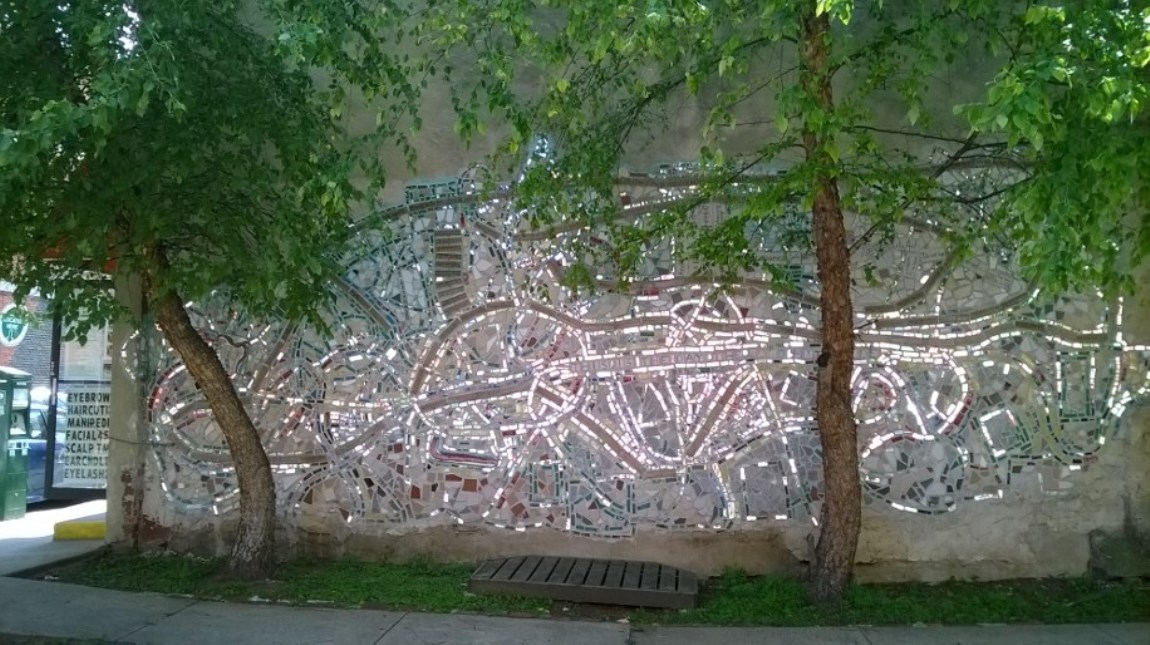

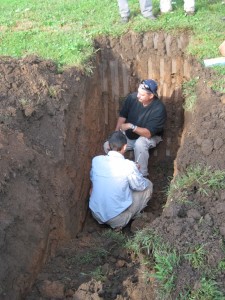
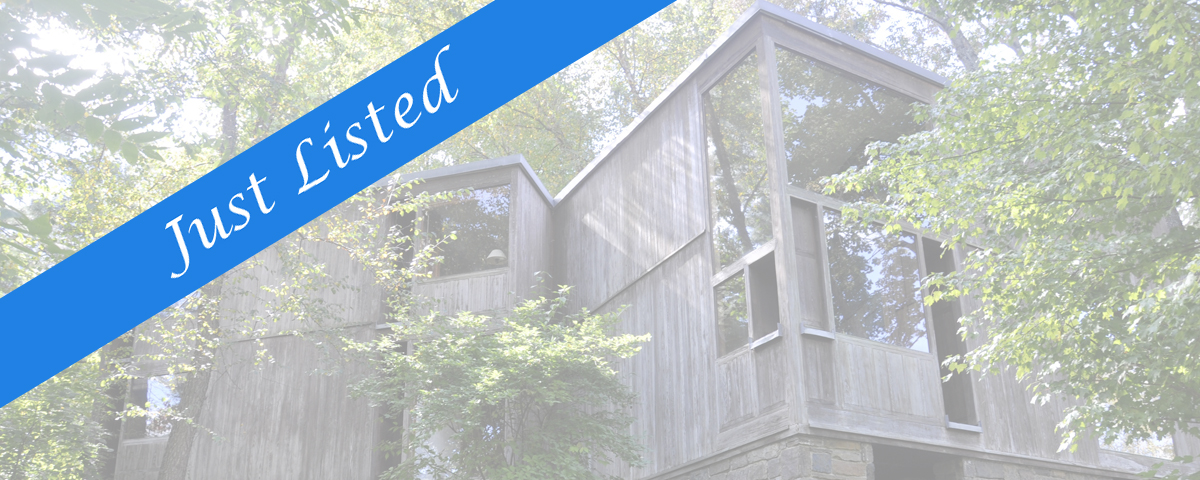
Recent Comments